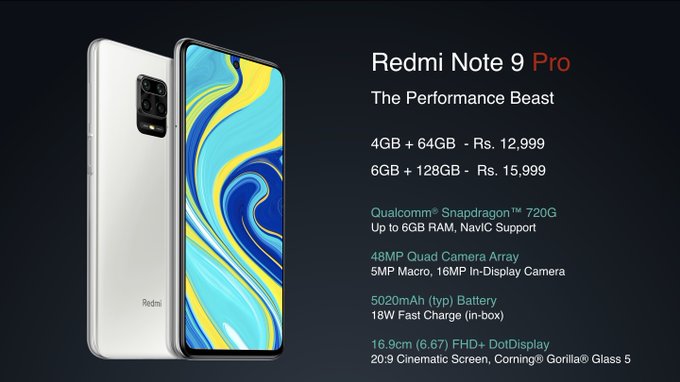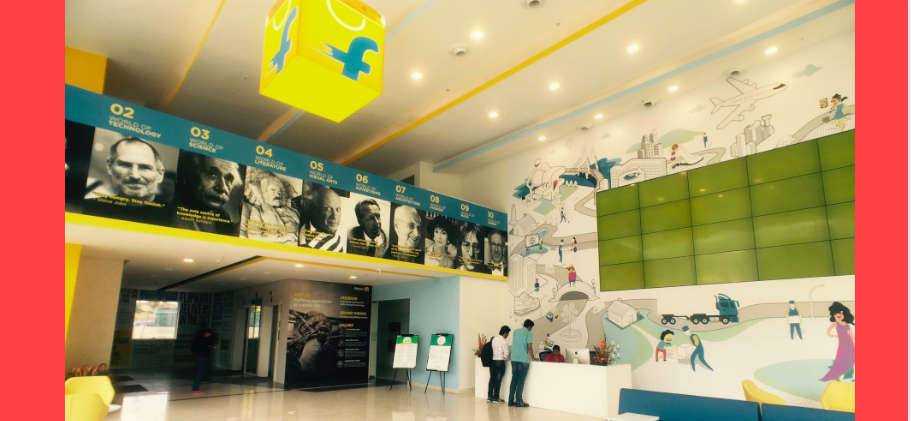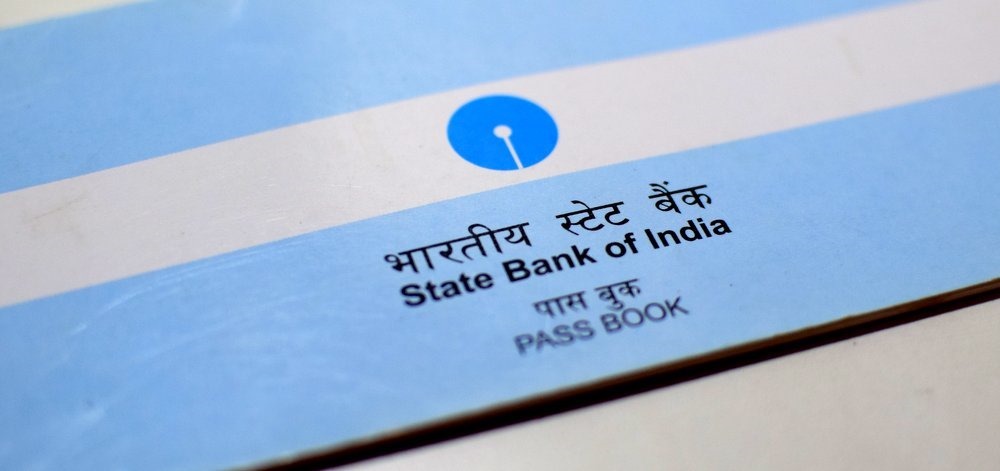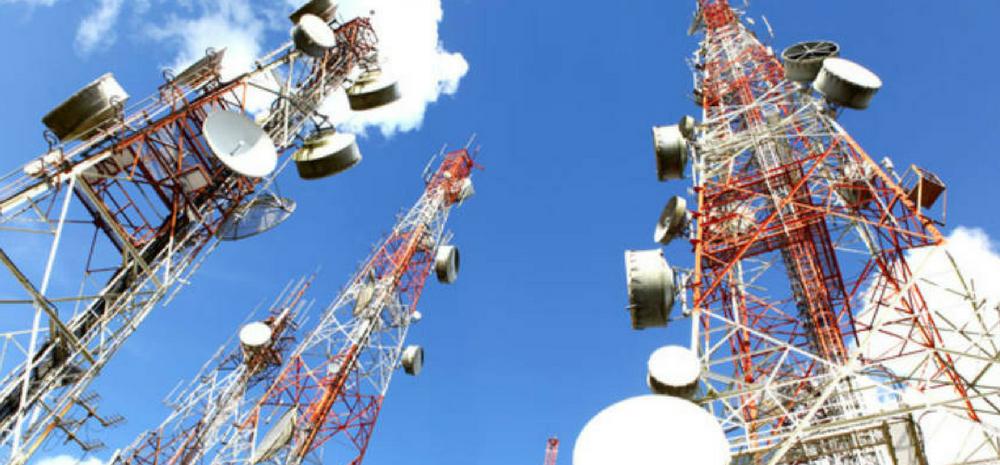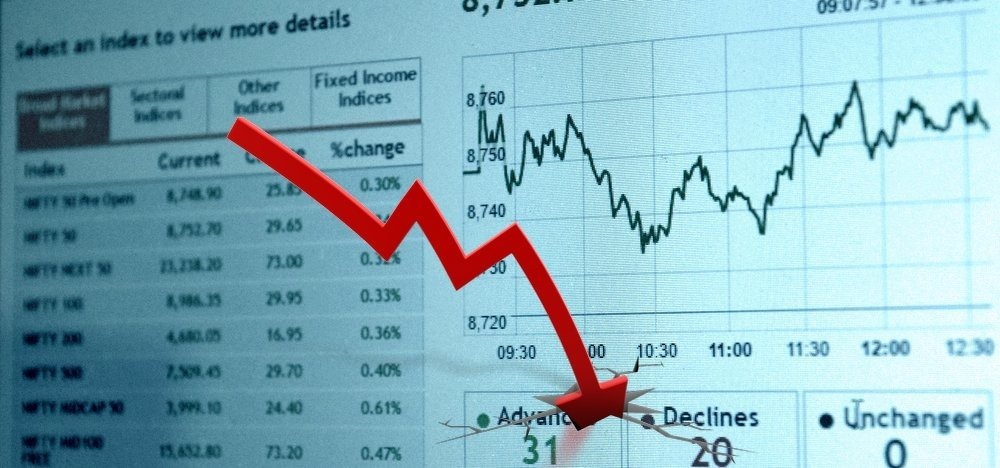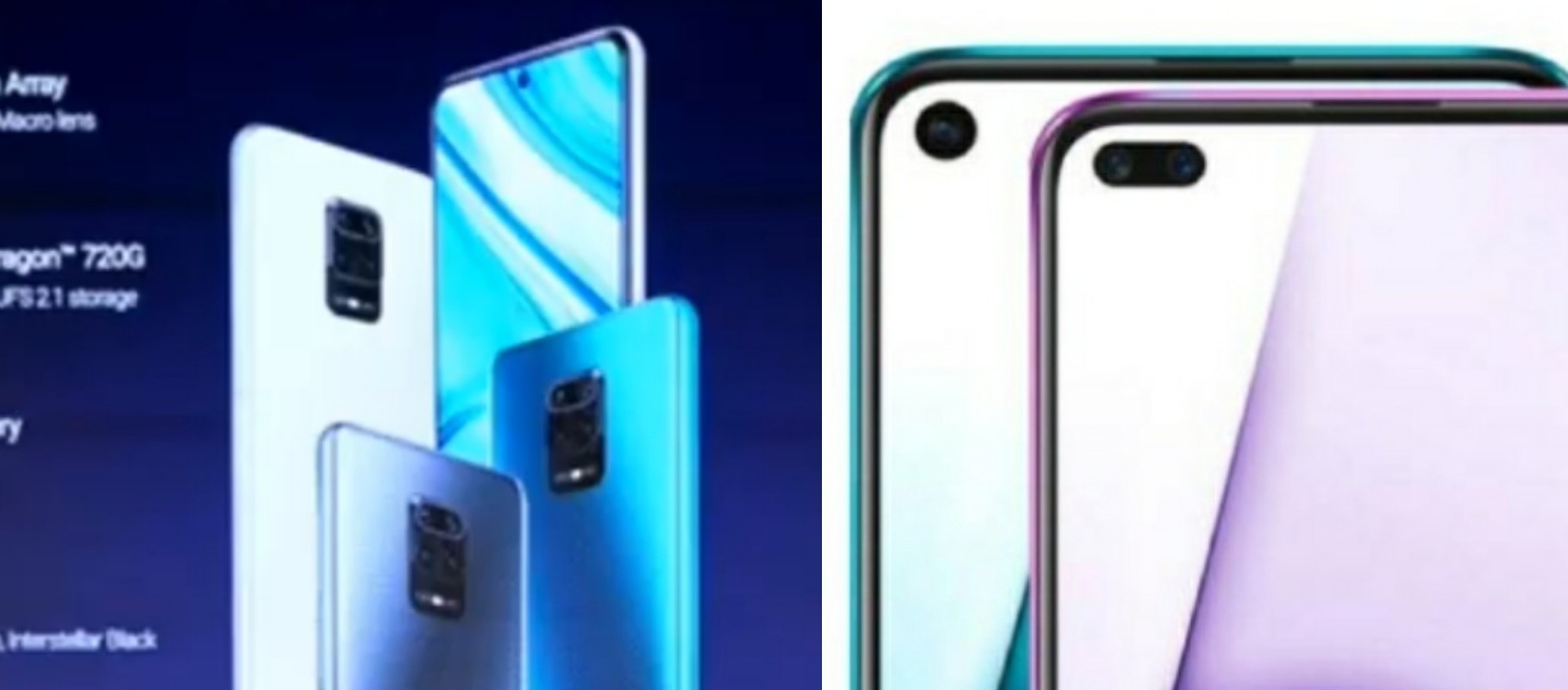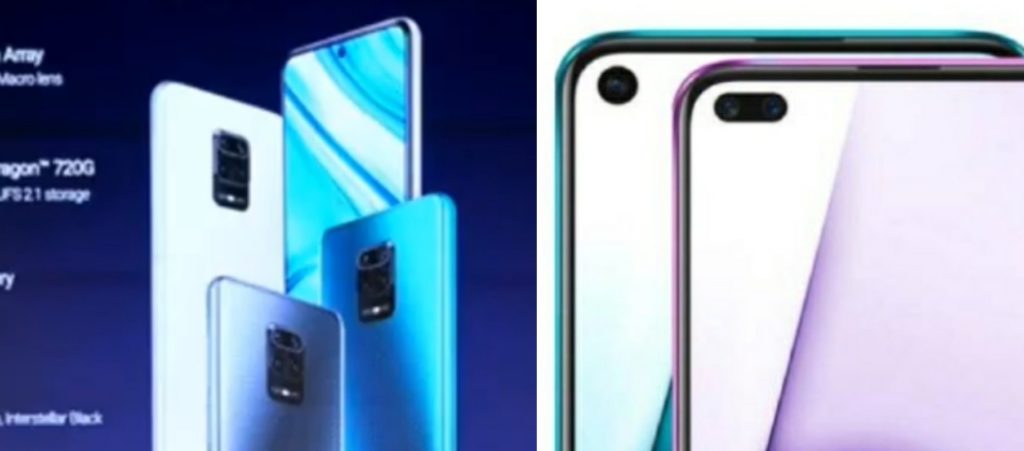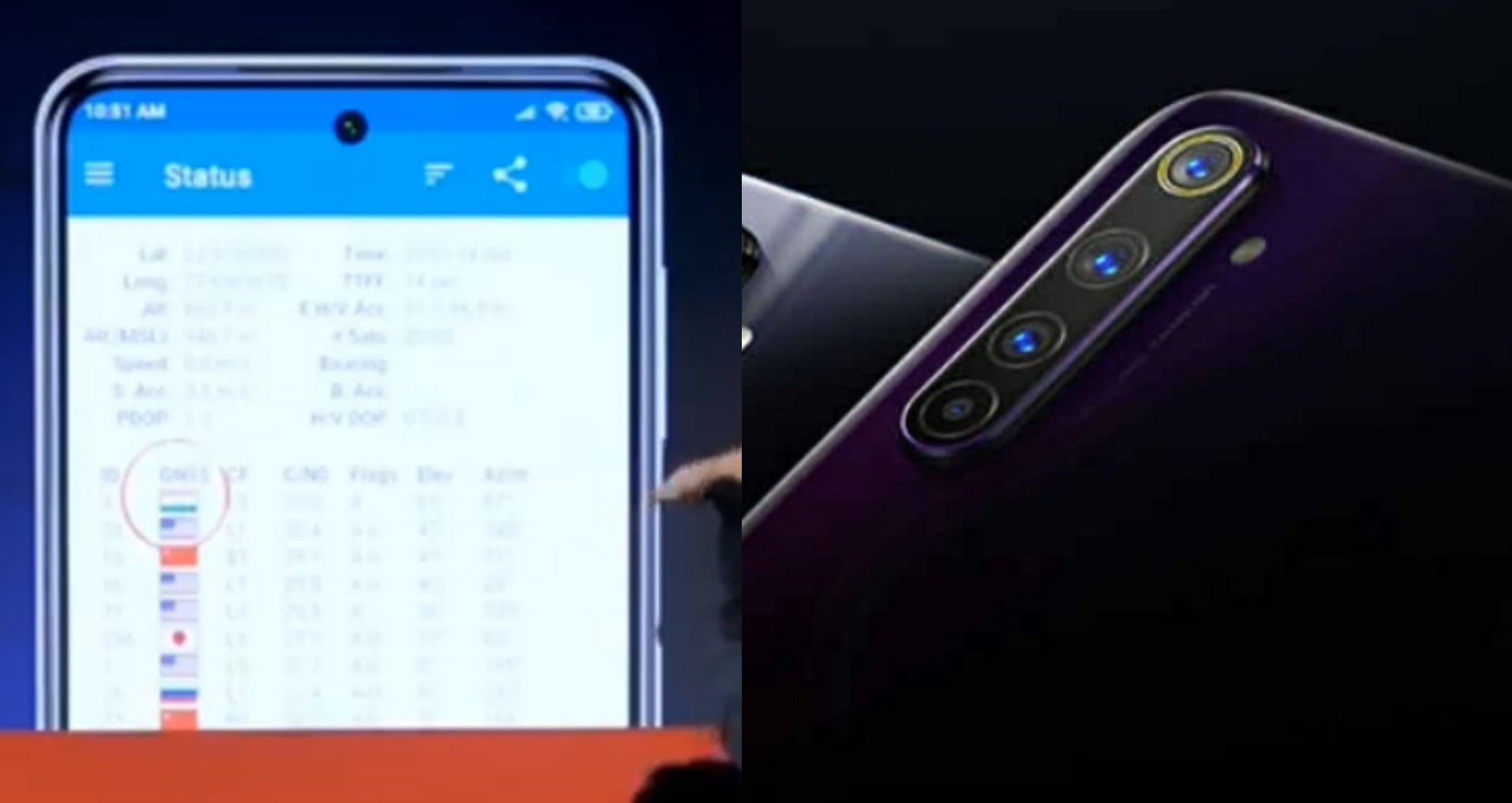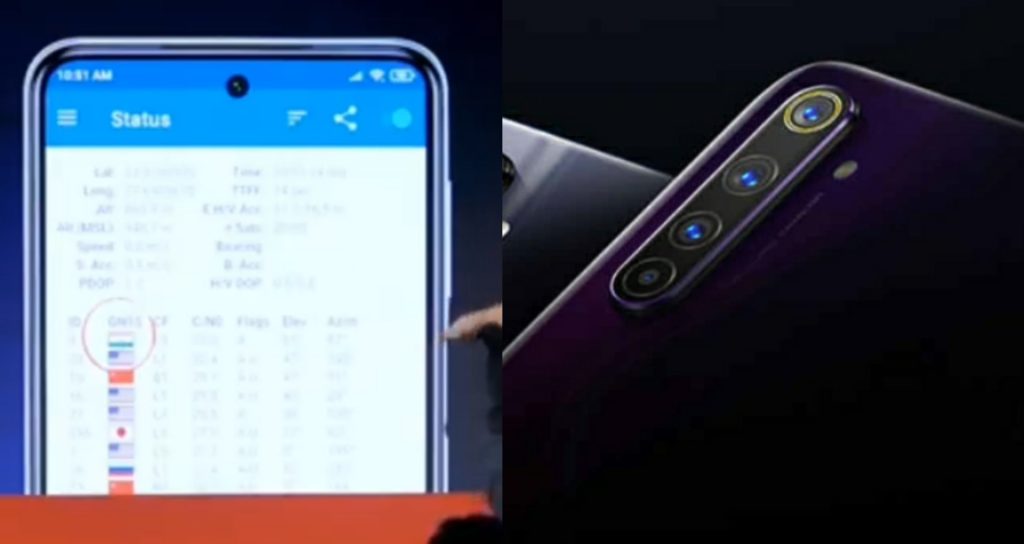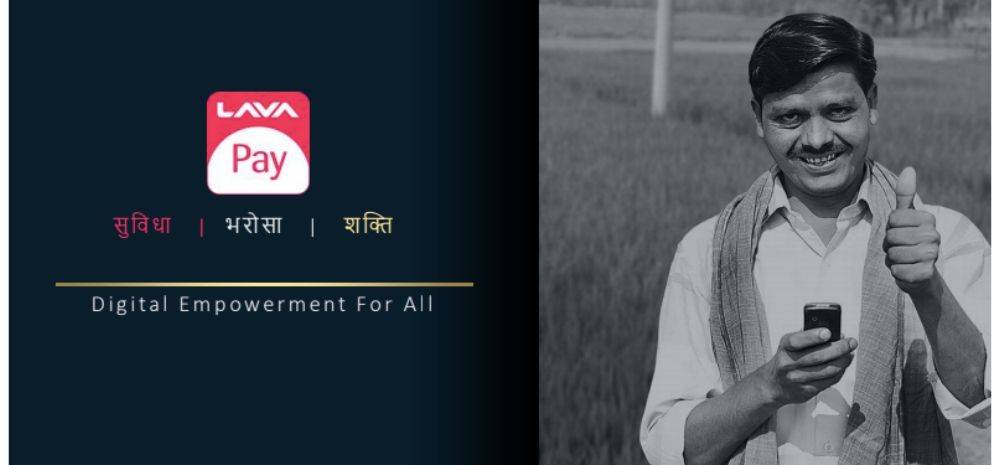

The Kerala High Court has passed an interim order on the placement and LCN clause in the case of The Telecom Regulatory Authority of India (TRAI)’s tariff order amendment. However, the other provisions will be operational.
The All India Digital Cable Federation (AIDCF) has appealed the Kerala High Court and challenged certain provisions of the new tariff order and interconnection regulation.
Kerala HC Reserves Order
The Kerala High Court has reserved its order in the register of interconnection agreements regulation matter. The (AIDCF) had challenged the TRAI’s register of interconnection agreements regulation in January.
On 9th January, the HC had directed TRAI not to take any coercive action. The AIDCF has argued that the placement, marketing and other agreements between broadcasters and DPOs are outside the TRAI’s purview.
The supreme bench has marked that all other provisions will be operational and has asked the AIDCF to submit a detailed report to TRAI regarding all the remaining provisions challenged by the federation.
Kerala HC Passes the Interim Order
The Kerala HC has passed an interim order on the placement of channels in the Electronic Programme Guide (EPG), along with the Logical Channel Number (LCN) clause by DPOs.
For the time being, Kerala High Court has just stayed the clause of placement of channels in EPG mentioned in the new tariff order by TRAI. The supreme bench has marked that all other provisions will be operational and has asked the AIDCF to submit a detailed report to Trai regarding all the remaining provisions challenged by the federation.
As per the new tariff order, TRAI has marked that channels of a specific genre in the same language must be bundled together in the Electronic Programme Guide (EPG). Also, Distributors must share all the relevant information about the channels placed in EPG to TRAI as well as in their official website.
Further, all the channels in the EPG must have unique Logical Channel Number (LCN) which once allocated must not be changed until the channel is live in the DPO platform.
In another provision, Trai has directed the broadcasters to pay a sum of Rs 4 lakh per month as carriage fees to DPO’s for carrying a channel in a country. While the authority has prescribed an amount of Rs 8 lakhs on HD channels, TRAI has prescribed a basic calculation for the discontinuation threshold of a particular channel.
According to the reports of census data, discontinuation multiplier for a language must be approximately 5% of the entire population in the specific target market of the DPO.
The post Kerala High Court Stops TRAI From Implementing New Cable TV Rules; These Are The Clauses Which Can Change first appeared on Trak.in . Trak.in Mobile Apps: Android | iOS.
from Trak.in – Indian Business of Tech, Mobile & Startups https://ift.tt/33d6tOc



